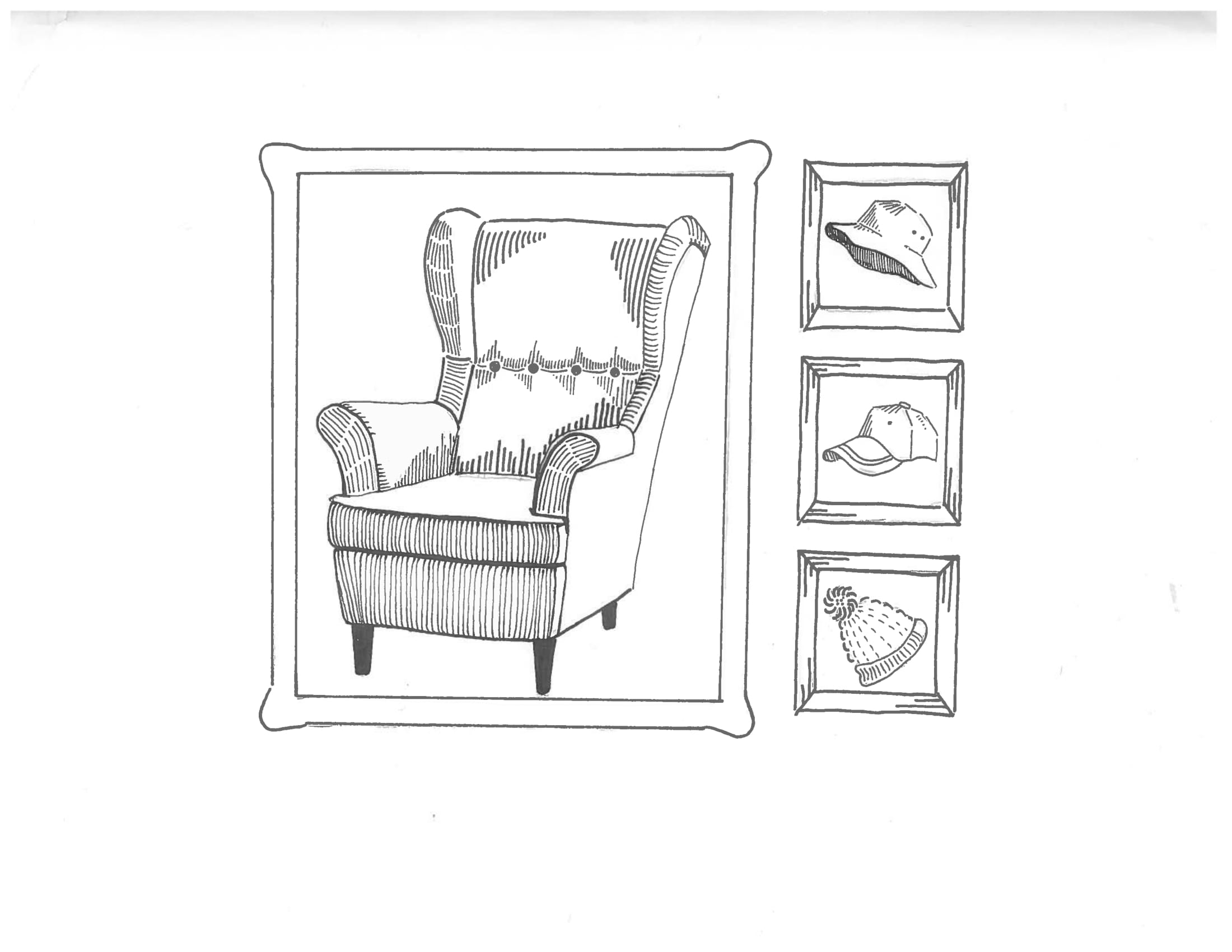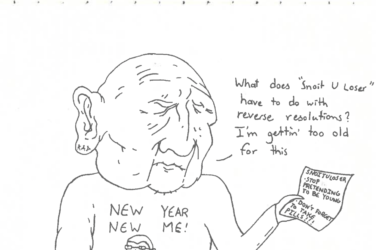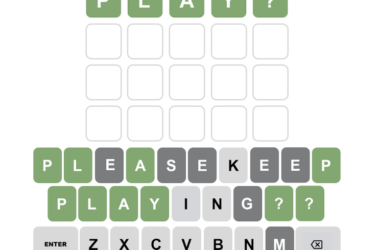In the past year, through countless hours of diligent procrastination, I’ve begun to observe a curious trend overtaking my Instagram Explore page. It began with the occasional random picture of an old sofa or a shot of a peculiar pink porcelain toilet on the side of the road, but has now become an avalanche of snapshots bearing similarity to National Geographic or Planet Earth except the subjects aren’t animals: They are random street crap.
‘Found object’ Instagram pages are a genre of curatorial street photography dedicated to the documentation of certain inanimate, and sometimes even animate, objects. While not a brand-new phenomenon, with many accounts being over two years old, their growing popularity has resulted in the birth of accounts archiving increasingly obscure subjects from campus-dwelling squirrels to security cameras.
Since it is not bound by rigid criteria, found object Instagrams can serve a variety of functions for those who run the pages as well as those who follow them. Emma Harris, U1 Arts, is the owner of @leschairs, an account dedicated to “the appreciation of the unexpected chaise. She explained how this form of photo curation can take on many purposes.
“I think of [found object Instagram accounts] as a sort of curation of different things you found on the street,” Harris said. “It should be spontaneous. I find that there are a ton of different genres and approaches to [these accounts], but design is definitely one of the main approaches that I’ve seen.”
In the case of many accounts, such as @subwayhands and @someone_dropped, running an account of this nature is an opportunity for collaborative creative expression centred on a common interest with a certain object. Similar to contemporary ready-made artworks such as My Bed by Tracey Emin, a member of the Young British Artists group and Fountain by conceptual artist Marcel Duchamp, found object accounts allow for the creation of art simply through a shift in the way we view the objects around us.
For Harris, Instagram serves as an accessible method for fostering a deeper connection with one’s surroundings and encouraging greater appreciation for aspects of life that may otherwise go unnoticed.
“I think that people are trying to find ways of connecting with others in public spaces, and animating objects is one way of feeling an attachment to [an] urban landscape,” Harris said. “It’s nice to attach more than a [utilitarian] value to an object and [create] more of an emotional [form] of connection to your objects as a way of preserving them.”
Yet another function of the found object Instagram account is the sense of community they are able to cultivate by catering to particular interests and social groups. In the McGill context, an account like @tinyhatsmcgill, a page with over 600 followers, is dedicated to capturing the headwear trend of wearing an impossibly small toque.
The account run by two McGill students, who wish to remain anonymous to maintain the mystique, employs its small army of followers for the majority of submissions. As a result, the content is comprised largely by its audience who are motivated to participate by both a mutual fascination of tiny hats and of getting their Plateau friends featured on the page.
“In the beginning, I was always looking around trying to get pictures of people but now people send stuff in and I can kind of look and see what I think is funny,” one of the account operators said. “Honestly, I don’t really get […] why it’s so popular because it’s a pretty simple idea [and] not really anything special. I think it’s just funny.”
Whether as a means of creative output or cultivating community, the rise of found object Instagram accounts is an accessible way of expanding how one sees the world. The simple act of forming a collection on one unifying topic, allows people to stop and appreciate the little things in life that they would otherwise miss.









